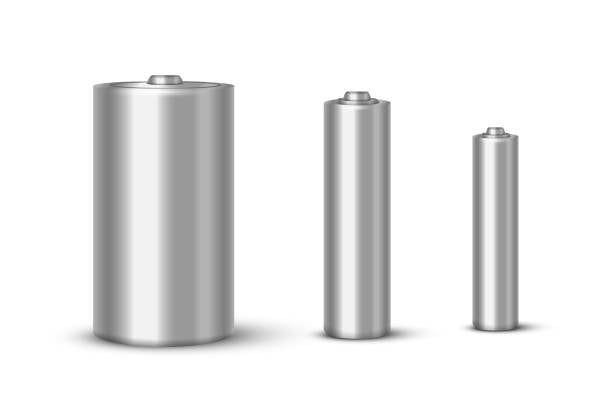Background:
During the charging and discharging process of lithium-ion batteries, electrode material expansion, SEI growth, thermal expansion and gas production may cause battery expansion, resulting in volume changes. Battery expansion is considered to be one of the key indicators to assess battery capacity and structural decline, and is also an early warning of serious safety incidents such as burning and explosion during battery abuse. There are mature methods to characterize the expansion behavior of square and soft pack batteries, but there is no mature and stable expansion characterization method for cylindrical batteries due to the particularity of their structure. At present, there are some methods to characterize the expansion of cylindrical batteries, such as vernier calipers, coordinate testing instrument, pressure film, strain gauge, image analysis method (CT tomography, neutron imaging, X-ray, ultrasonic, etc.), but these methods have low accuracy, can not be in-situ testing and other problems, unable to accurately and completely describe the expansion behavior of cylindrical batteries.
In view of the shortcomings of the above test methods, some institutions developed a CCS1300-4 cylindrical battery in-situ expansion test system based on optical battery imaging technology for in-situ expansion characterization of cylindrical batteries. This method can measure the volume change of cylindrical batteries in situ, reconstruct the surface morphology and calculate the expansion amount in real time, and the optical detection accuracy can reach ±1μm. In this paper, two 21700 cylindrical batteries with different negative silicon content were tested using CCS1300-4 cylindrical battery in situ expansion test system to characterize the expansion behavior of the two cells during formation and charging and discharging, analyze the influence of different silicon content on the expansion behavior of the cells, and guide the application of silicon negative electrode and the design of cylindrical batteries.
1.1 Experimental equipment
In this paper, 21700 cylindrical battery expansion was characterized by CCS1300-4 cylindrical battery in situ expansion test system, which includes 4-channel test fixture and special test software. In situ dilatation test of 4 cylindrical batteries can be carried out simultaneously with charge and discharge instrument.
1.2 Test Principle
The optically based battery volume imaging technology is used to conduct real-time three-dimensional reconstruction of the surface topography during the charging and discharging process of the battery, and calculate the volume and volume change during the charging and discharging process.
1.3 Test Method
Remove the outer plastic film of the 21700 cylindrical battery, install it on the fixture of the equipment, open the software, and set the charge and discharge channel, sampling Angle, upper limit of alarm temperature and upper limit of alarm volume. The program starts, the battery rotates and performs a volume test, and the software automatically synchronizes the charge and discharge data with the volume test data.
1.4 Conclusion
In this paper, the expansion behavior of two 21700 cylindrical batteries with different silicon content in the negative electrode was tested by using CCS1300-4 cylindrical battery in situ expansion test system. It is found that the content of silica has a significant effect on the volume expansion of the cylindrical battery, and the volume expansion of the battery itself has a large non-uniformity. Through the analysis of volume expansion data and surface topography dynamic change map, it can provide data support for the application of silicon anode materials and the structure design of cylindrical batteries, and help the development and quality control of lithium-ion batteries.

